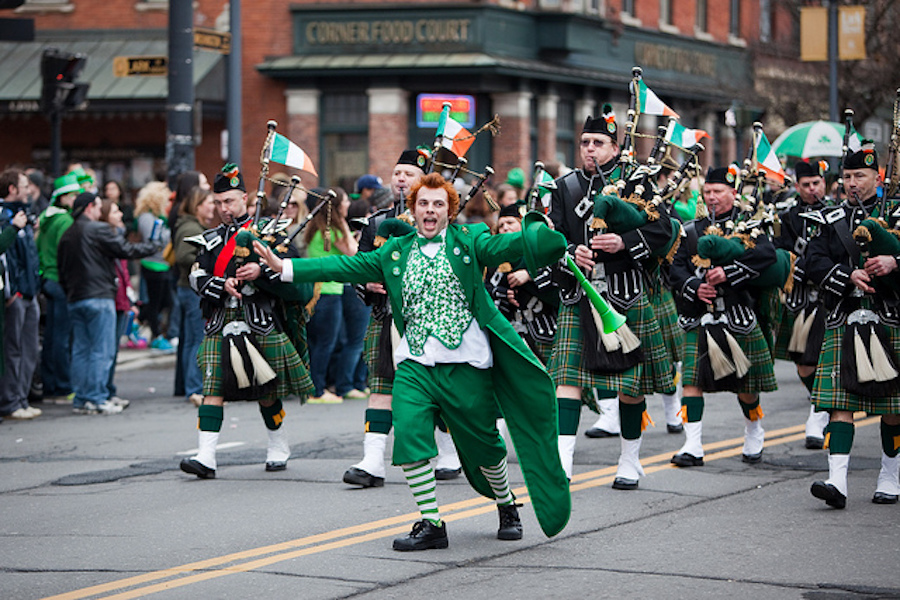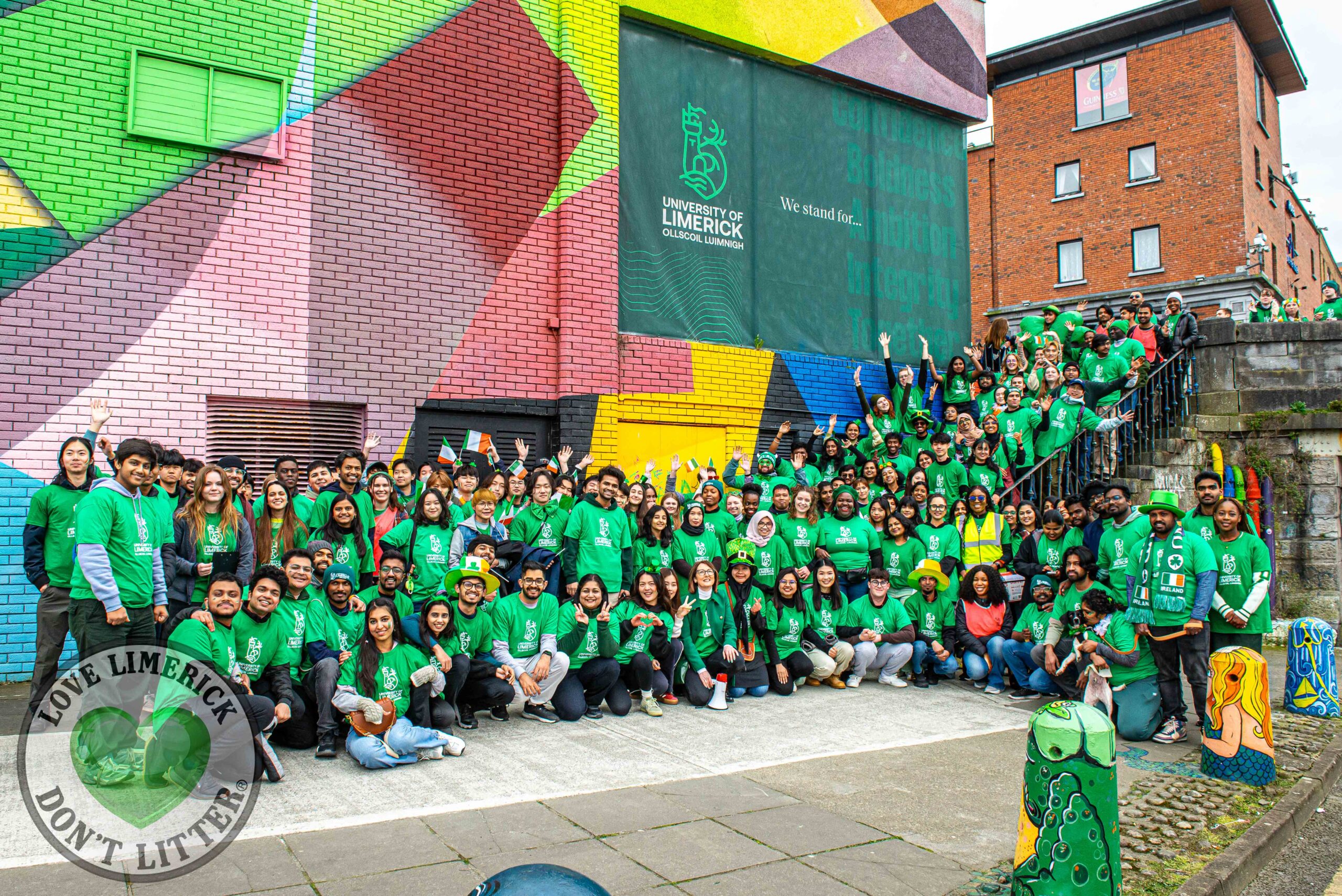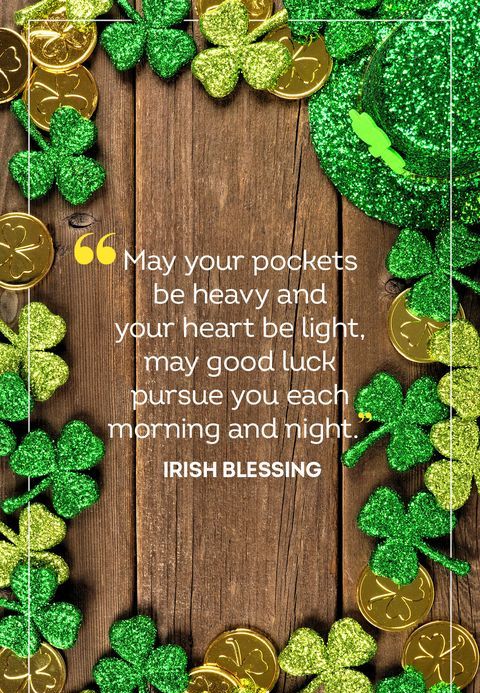Gallery
Photos from events, contest for the best costume, videos from master classes.
 |  |
 |  |
 |  |
 |  |
 |  |
 |  |
Green beer is a St. Patrick’s Day classic, but you might be surprised to learn that it wasn’t invented in Ireland—it was actually created in the United States!. The first known instance of green beer dates back to 1914 in New York City, when Dr. Thomas Curtin, an Irish-American coroner and social club member, decided to add a drop of blue dye to a keg of beer for a festive gathering. They united to form one official New York City St. Patrick’s Day Parade in 1848, according to the History Channel. While rowdy celebrations occurred in the U.S., Irish laws mandated pubs be Start the day smarter. Get all the news you need in your inbox each morning. NYC St. Patrick's Day parade 2024: Date, time, route, how to watch live It's St. Paddy's, not St. Patty's Of course, Dublin, Ireland, has an extravagant multi-day St. Patrick’s Day Festival, featuring a parade, performances, and other events which attracts more than half a million spectators each year. It began in the 1920s as a military parade, shifted to a more standard procession in the 1970s, then become a full-blown party in the mid-1990s. As the years went on, St. Patrick’s Day parades grew in prominence, spreading to other cities with significant Irish populations, including Boston and Philadelphia. The tradition flourished, particularly in the 19th century when waves of Irish immigrants fleeing famine and hardship arrived in the United States. Out of St. Patrick’s Day history, it is pretty neat to note how hard ‘Merica celebrated St. Paddy right from the start. The first recorded parade was in 1766 in New York after all. As great as St. Patrick is and important to Ireland, as Tom and Noëlle Crowe tell us, the celebration of St. Patrick’s Day didn’t become the cultural phenomenon it is until Irish-Americans essentially created it and exported it around the world. The accepted abbreviated form of Saint Patrick's Day is correctly spelled St. Paddy's Day; however, in the United States, it is frequently -- and erroneously -- shortened to St. Patty's, which is incorrect. Patty is a shortening of the feminine name Patricia. Patrick is the Anglicized form of the Gaelic name, Padraig, shortened to Paddy. St. Patrick’s Day was originally celebrated in Ireland with religious services and feasts in honour of St. Patrick, one of Ireland’s patron saints. When Irish immigrants brought St. Patrick’s Day traditions to the United States, the day evolved into a secular celebration of Irish culture. The correct abbreviation for Saint Patrick's Day is "St. Paddy's Day," not "St. Patty's Day." The first St. Patrick's Day parade in the United States took place in St. Augustine, Florida, in 1601. Modern-Day St. Patrick’s Day Beer Culture. Today, St. Patrick’s Day is synonymous with beer. In the U.S., it ranks among the top days for beer sales, alongside events like Super Bowl Sunday and Oktoberfest. Guinness reports approximately 13 million pints of its stouts are consumed on St. Patrick’s Day alone – nearly double the daily St. Patrick’s Day is a global celebration of Irish culture that takes place annually on March 17, the anniversary of the patron saint of Ireland's death in the fifth century. The Irish have A religious feast day in Ireland since the 17th century, St. Patrick’s Day became a national holiday in 1903. Low-key observances were typical into the 20th century, and until the 1970s many Choose a difficulty level; Easy - 16 pieces; Normal - 25 pieces; Hard - 36 pieces; Expert - 49 pieces; Brain Buster - 64 pieces; Drag individual puzzle pieces on the correct locations of the gray image to complete the entire image St. Patrick’s Day is a global celebration of Irish culture that takes place annually on March 17, the anniversary of the patron saint of Ireland's death in the fifth century. The holiday has The spread of St. Patrick’s Day celebrations in the U.S. was a way for Irish immigrant communities, who in the 19th century faced discrimination and opposition, to stake that ground, he says The first St. Patrick's Day parade currently on record was held in St. Augustine, Florida, in 1601, historians say. Not, as some might assume, on the Emerald Isle. Not, as some might assume, on Distinguish St. Patrick's Day myths from reality and find out why this holiday is celebrated by millions of Irish people around the world. Citation Information Article Title St. Patrick may be the patron saint of Ireland, but many St. Patrick’s Day traditions were born in the United States. By: Christopher Klein Updated: March 14, 2024 | Original: March 12, 2019 However, it was Irish immigrants and those of Irish descent, especially in the United States, who turned St. Patrick’s Day into the lively, secular holiday we know today. Cities with large Irish communities, like Boston and New York, began hosting grand parades as early as the 18th century.
Articles and news, personal stories, interviews with experts.
Photos from events, contest for the best costume, videos from master classes.
 |  |
 |  |
 |  |
 |  |
 |  |
 |  |